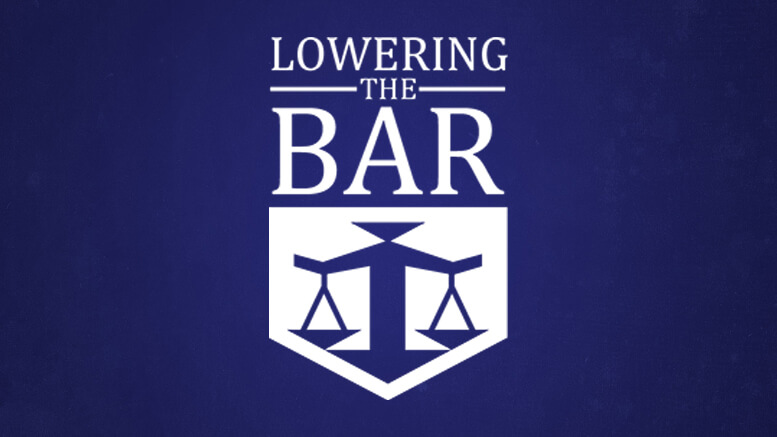On June 29, the California Court of Appeal reversed the judgment for Russell Christoff in his lawsuit against Nestle’s. As I’ve written about before, Christoff, a former model, happened to be in a store one day in 2002 and saw his own face gazing handsomely back at him from a jar of Taster’s Choice. This came as quite a surprise because, while he had “posed gazing at a cup of coffee, as if he enjoyed the aroma,” for Nestle back in 1986, no one had ever told him that the picture had been used extensively as “The Taster” starting in 1997. Nor had anyone ever paid him for it.
A jury awarded Christoff a total of $15 million, which to some seemed like a lot even if The Taster had been wronged. The Court of Appeal heard oral argument last year (which by coincidence I happened to be present for), and on the 29th it reversed. It held that Nestle had knowingly used Christoff’s likeness without his consent, that it did not matter whether or not he was a “celebrity” for purposes of the applicable law, that Christoff had not shown that the bulk of the award was justified based on his expert’s testimony, and also that Christoff’s entire lawsuit may be barred by the statute of limitations. The court remanded for further proceedings.
Christoff’s expert, Peter Sealy, an adjunct professor of marketing at Berkeley and a visiting professor at Stanford, testified to the value of Christoff’s face. As the court summarized his testimony, Sealy, performing without a net, managed to opine that the face had accounted for no less than ten percent of Nestle’s entire profits from the Taster’s Choice brand, due to the importance of The Taster as an “icon”:
The ‘taster’ [according to Sealy] ‘is a key visual . . . that is a point of continuity for probably multiple variations of Taster’s Choice, decaffeinated, different flavors, et cetera.’ The icon constitutes “a unique visual approximation of the promise of the brand. Great taste.’ . . . ‘It’s a visualization of a taster making a choice’ and a ‘validation that a taster would choose this particular instant coffee.’
You probably had no idea how much you respected the opinion of The Taster, but his validation of the sweet, sweet brew appears to have been determinative for at least ten percent of you. In fact, Sealy continued, vaulting into the air and going for an increased difficulty score, The Taster’s iconic value is hard-wired into our brains by the power of Evolution:
The picture of Christoff is a handsome male who ‘is distinctive.’ The use of a human face is important based on our history as ‘hunter-gatherers, when we were looking for food in the plains of Africa. Our eye is attracted most immediately to two things – the human face or the shape of an animal.’
Seems to me that means Nestle should be using a leopard with a human face to sell coffee, not Mr. Christoff, but then I’m not a marketing expert. (The reference to Christoff as “handsome” appears here to be the court’s summary of Sealy’s testimony, although as I pointed out last time Justice Cooper appeared to be quite taken with the plaintiff.)
My favorite part of the story continues to be Nestle’s use of Christoff’s face in the Mexican market. That is, rather than use a different “icon,” Nestle altered Christoff’s image “to add sideburns and darken his complexion.” I guess Juan Valdez was not available.
